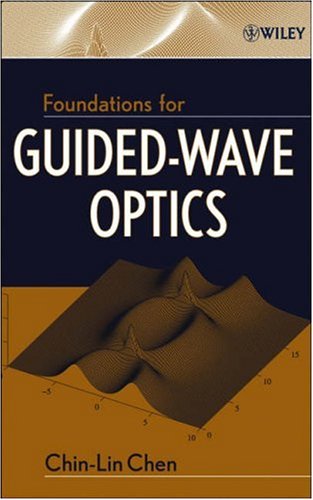

Most ebook files are in PDF format, so you can easily read them using various software such as Foxit Reader or directly on the Google Chrome browser.
Some ebook files are released by publishers in other formats such as .awz, .mobi, .epub, .fb2, etc. You may need to install specific software to read these formats on mobile/PC, such as Calibre.
Please read the tutorial at this link: https://ebookbell.com/faq
We offer FREE conversion to the popular formats you request; however, this may take some time. Therefore, right after payment, please email us, and we will try to provide the service as quickly as possible.
For some exceptional file formats or broken links (if any), please refrain from opening any disputes. Instead, email us first, and we will try to assist within a maximum of 6 hours.
EbookBell Team

4.7
26 reviewsThis text offers an in-depth treatment of integrated and fiber optics, providing graduate students, engineers, and scientists with a solid foundation of the principles, capabilities, uses, and limitations of guided-wave optic devices and systems. In addition to the transmission properties of dielectric waveguides and optical fibers, this book covers the principles of directional couplers, guided-wave gratings, arrayed-waveguide gratings, and fiber optic polarization components.
The material is fully classroom-tested and carefully structured to help readers grasp concepts quickly and apply their knowledge to solving problems. Following an overview, including important nomenclature and notations, the text investigates three major topics:
Each chapter starts with basic principles and gradually builds to more advanced concepts and applications. Compelling reasons for including each topic are given, detailed explanations of each concept are provided, and steps for each derivation are carefully set forth. Readers learn how to solve complex problems using physical concepts and simplified mathematics.
Illustrations throughout the text aid in understanding key concepts, while problems at the end of each chapter test the readers' grasp of the material.
The author has designed the text for upper-level undergraduates, graduate students in physics and electrical and computer engineering, and scientists. Each chapter is self-contained, enabling instructors to choose a subset of topics to match their particular course needs. Researchers and practitioners can also use the text as a self-study guide to gain a better understanding of photonic and fiber optic devices and systems.